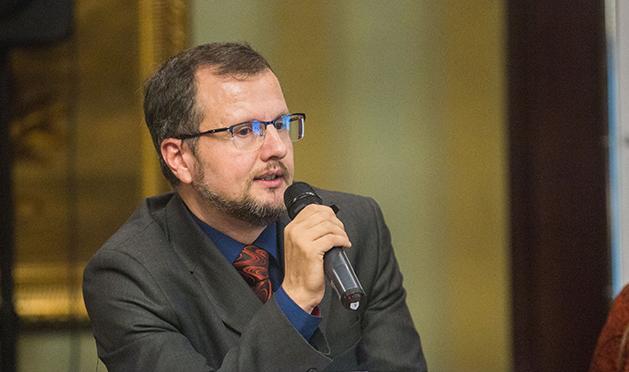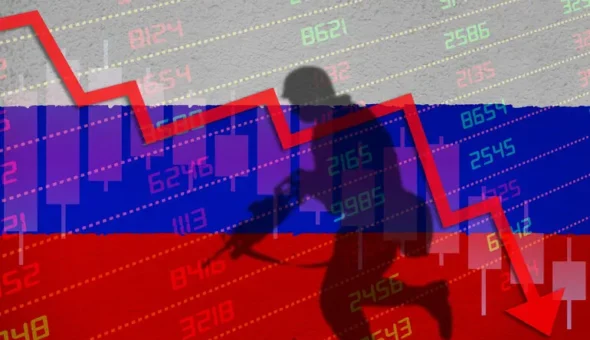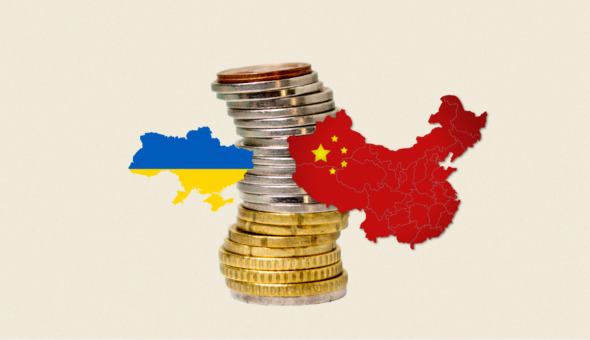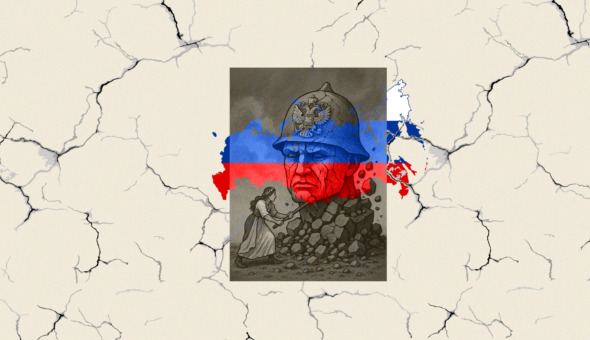
Ukraine intends to begin restoring destroyed housing as soon as possible, using funds seized from russian banks. According to Ukraine’s Prime Minister, Denys Shmyhal, the special account already has 17 billion UAH on it.
Ilya Neskhodovskyi, the head of the analytical department of the National Interests Advocacy Network “ANTS” , explained on Ukrainian Radio how this procedure will work and whether Ukraine has enough mechanisms in place to further confiscate russian federation assets.
About funds of russian banks
These are banks that were subject to special supervision by the National Bank of Ukraine following the annexation and occupation of Ukrainian territory in 2014, but continued to operate in Ukraine. Sberbank and Prominvestbank, in particular, had funds and capital in their accounts. As a result, in accordance with the Verkhovna Rada’s decision on confiscating the aggressor country’s assets, these funds were transferred to a special account of the Cabinet of Ministers, which can dispose of them in the future.
In terms of whether the banks will be able to return the funds later, it is very doubtful, not only because of the legality of this procedure, but also because of the amount of reparations that Ukraine will issue for the damage caused to our state. That is, no legal proceedings are likely to take place here.
How the special account funds will be distributed
I hope that this will be a competitive process, with the need to restore specific buildings announced. Builders will submit bids based on their estimate of how much it will cost to rebuild or build a new house. After the tender procedure is completed in accordance with current legislation, the funds will be transferred from the special account to the developer’s account, where he will rebuild or construct housing. Furthermore, the funds will be credited based on the amount required to complete the relevant works. Housing construction takes at least three years, and reconstruction can be completed in 3-6 months if it is not capital intensive.
At the same time, there is no monetary compensation for damaged housing. It is about the reconstruction of the person’s lost housing or the allocation of similar housing in another region with the person’s consent. That is, no funds will be transferred to a specific individual.
Concerning the legality of the confiscation of russian assets
Only in relation to banks were all the necessary procedures carried out. However, we still have Russian enterprises, enterprises with russian owners, and the government must address why the relevant procedures have not yet been developed and implemented properly. As a result, the Ukrainian government will suffer significant losses in this regard.
Furthermore, only a few months ago, effective sanctions were imposed on russian citizens, businesses, and property. Sanctions were not previously comprehensive or specified. As a result, our external partners frequently asserted to us that we demand sanctions against russia, against legal entities and individuals of the russian federation, while failing to take all necessary steps to ensure that these individuals cease their activities in Ukraine, such as seizing, confiscating, or implementing other legal procedures to limit their activities.
So I cannot say that the process has come to a halt, but it is far from finished. That is, we do not have an effective and clear mechanism in place to automatically transfer property to the ownership of the state of Ukraine in order to compensate for the losses we suffer. As a result, in order to complete this procedure, the Ministry of Justice should submit a draft law.
At the same time, despite all statements, russian property is frozen in the European Union. To date, no legal decision on the transfer of funds or assets to Ukraine has been made.
It will be remembered that the Cabinet of Ministers supported the NBU’s proposal in April to nationalize UAH 26 billion in assets withdrawn by russian banks from the Ukrainian market.



